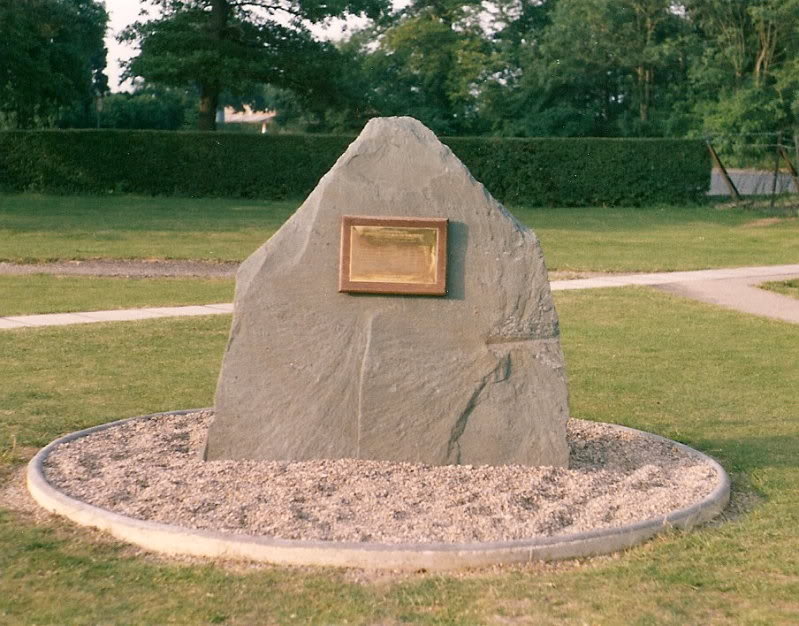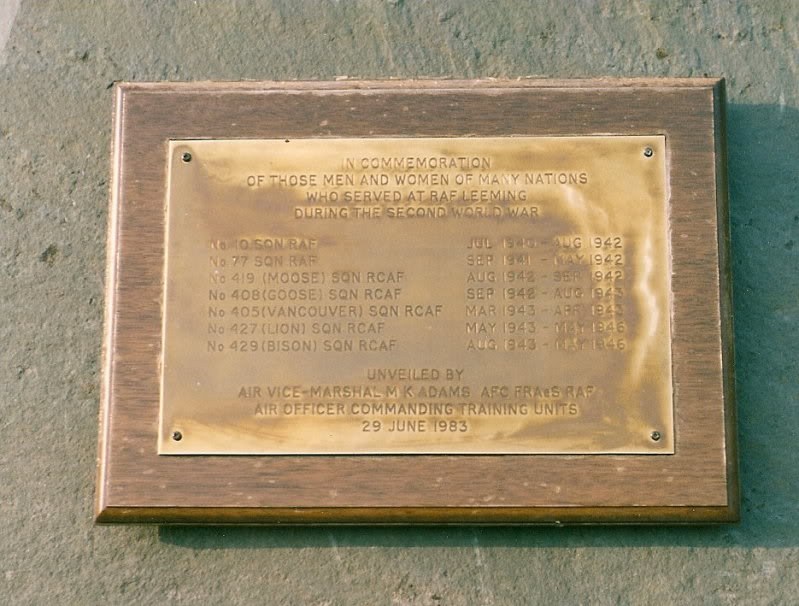Gray, Leonard Samuel
Personal Information
| Rank | P/O |
| Forename(s) | Leonard Samuel |
| Surname | Gray |
| Gender | M |
| Date of Death | 22-01-1944 |
| Next of Kin | Son of Leonard and Ellen Frances Gray, of Eastview, Ontario, Canada. |
Aircraft Information
| Aircraft | Handley Page Halifax V |
| Serial Number | LL139 |
| Markings | ZL-D |
Memorial Information
| Burial/Memorial Country | Germany |
| Burial/Memorial Place | Berlin 1939-1945 War Cemetery |
| Grave Reference | 2. K. 15. |
| Epitaph | DEARLY BELOVED |
IBCC Memorial Information
| Phase | 2 |
| Panel Number | 172 |
Enlistment Information
| Service Number | J/18925 |
| Service | Royal Canadian Air Force |
| Group | 6 |
| Squadron | 427 (Lion) |
| Squadron Motto | Ferte manus certas (Strike sure) |
| Trade | Air Gunner |
| Country of Origin | Canada |
Other Memorials
| Location | Roman Rd, Leeming, North Yorkshire |
| Country | United Kingdom |
| Memorial Type | Brass plaque set into a stone plinth into which is carved with the Canadian maple leaf and the Yorkshire rose. |
| Memorial Text | This memorial is dedicated to those men and women who served at RAF Leeming during World War II, including those from the Royal Canadian Air Force Squadrons, whose members came from all parts of the Commonwealth from 1942 to 1945; 405 Vancouver, 408 Goose |
| Location | Opposite old Main Guardroom, RAF Leeming, North Yorkshire |
| Country | United Kingdom |
| Memorial Type | Stone Memorial & Metal Plaques |
| Memorial Text | In commemoration of those men and women of many nations who served at RAF Leeming during the second world war. |
Commonwealth War Graves Commission
The National Archives
| Record of Events (Operational Record Book) AIR 27/1846/2 |
| Summary of Events (Operational Record Book) AIR 27/1846/1 |
Fellow Servicemen
Please note that this list gives all the losses aboard the quoted aircraft and occasionally these may have occurred on an earlier date when the aircraft was not itself lost. Please check the dates of death carefully.
Last Operation Information
| Start Date | 21-01-1944 |
| End Date | 22-01-1944 |
| Takeoff Station | Leeming |
| Day/Night Raid | Night (18% moon) |
| Operation | Magdeburg- the first major raid on this target. 648 aircraft, 57 losses (8.8%). The Halifax loss rate was especially high at 15.6%. The German controller tracked the bomber stream across the North Sea and many night-fighters were already in the stream before it reached the German coast (using the newly developed Tame Boar methodology). The controller was slow in identifying Magdeburg as the target but this was of little consequence as the fighters were able to stay in the stream for the duration of the approach. Despite the high loss rate, this was not a successful attack. Stronger tail winds than anticipated placed some of the stream over the target before Zero Hour and dropped their bomb load anyway, making the target marking much less effective. German decoy markers exacerbated the situation. No local report is available but it is thought that most of the bombs fell outside of the city. |
| Reason for Loss | Attacked by a night-fighter immediately after the bombing run and while at 19500'. The order to abandon was given but before the crew were able to react, the aircraft exploded, throwing clear F/O W V Thom, whom became a PoW |



